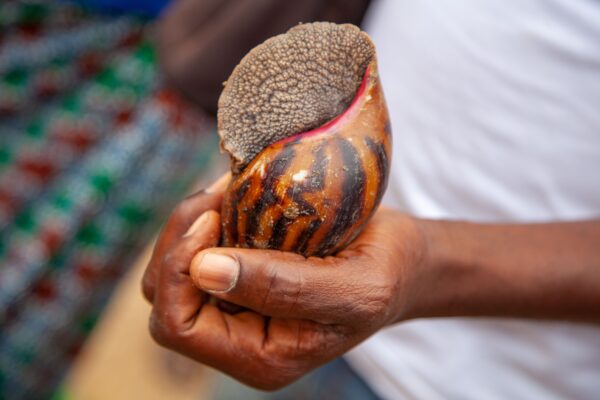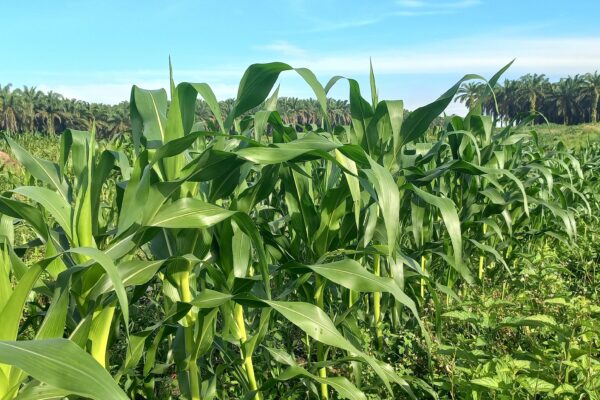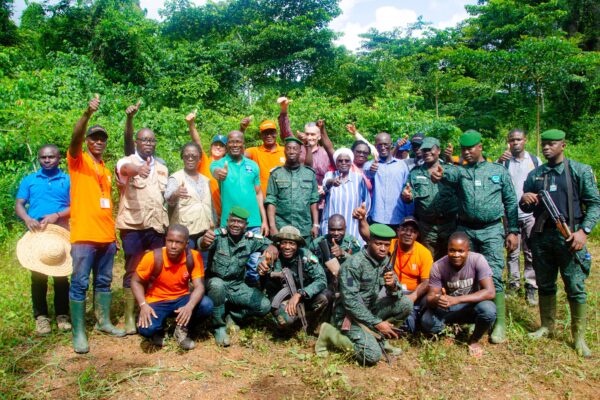Untouched by roads or other significant human activity, the Dvinsky forest in Russia is classed as an Intact Forest Landscape (IFL), and is one of Europe’s last remaining areas of intact forest ecosystems. It forms part of the Great Northern Forest, or Boreal forest, which spans Canada, Russia, Finland and Sweden.
Forests like Dvinsky are unbroken ecosystems large enough to support complex, intact and native ecosystems while also playing a vital role in holding vast stores of carbon in place. NGOs are working hard to protect these special places because they are also under threat from development, with Russia alone accounting for more than half the total IFL loss in the Great Northern Forest - much of it to feed sawmills for timber, pulp and paper mills for cardboard and newer investments converting residual sawdust into pellets for biomass for heat and power plants in Europe.
Because positive engagement with companies sourcing from forests is so important to communicating the needs of downstream customers and their commitments to responsible sourcing, over the past five years Earthworm Foundation and Nestlé have been building relationships with Nestlé’s upstream suppliers operating in the Arkhangelsk region where Dvinsky is located. Arkhangelsk Pulp & Paper Mill (APPM) is one of these, and is Russia’s largest producer of cardboard and a leading pulp producer sourcing from a landscape that is also home to other IFLs.
“The future of Dvinsky relies on engagement with the local industry, communities and regional government to find a balance between production, environmental and socio economic needs,” says Alastair Herd, Project Manager at Earthworm Foundation. “We are focused on using our members’ supply chain connections to enable a sensible, sustainable way for industry and local communities to continue to thrive.”
In 2016, Earthworm Foundation went on the ground in the Dvinsky landscape to meet APPM and its logging partner Titan as a high priority supplier in Nestlé’s supply chain given the links to IFL and also to High Conservation Value forest within their sourcing area. The visit identified thechallenges of the extensive forest model practiced in Russia and the pressure that this was putting on IFL and HCV areas. It was the start of better understanding of APPM and Titan’s operations and our collaboration with WWF, Greenpeace and FSC on the issues.
A few months later, in March 2017, Greenpeace’s Eye on the Taiga report was a wake-up call to many in the industry, revealing the alarming rate of forest loss in the Arkhangelsk region. In the weeks following the report, we joined Nestlé on a visit to APPM and Titan to discuss the issues in the report.
“Our approach was to keep engaged in order to tackle issues on the ground,” says Hanna Jager, Global Responsible Sourcing Lead for Pulp and Paper at Nestlé. “It would not have made sense to walk away from our supplier given the huge capacity they had to become a responsible steward of the forest.”
In April 2018, the government of Arkhangelsk joined with Greenpeace Russia and WWF Russia and local industry to sign a moratorium agreement to establish and protect 300,000 hectares of Dvinsky’s Intact Forest Landscape. Nestlé and APPM initiated a Starling satellite monitoring pilot to help demonstrate to all interested parties that APPM was respecting its moratorium commitments.
“Starling’s monitoring of the area proved invaluable in demonstrating our commitments to the protection of this forest that is part of developing a robust long term land use plan,” says Timur Sokolov, Director of APPM parent company Pulp Mill Holding.
The pilot provided vital insights for Nestlé. “Following the Starling pilot phase, we have been looking at rolling out forest cover basemapping and monitoring of large areas of Arkhangelsk to help understand the dynamics of forest operations we are linked to in the landscape, and the deforestation and degradation aspects, and bring this intelligence to discussion with companies about Nestlé’s policy and HCV expectations,” continues Hanna Jager.
On 1 October 2019, it was announced by the Arkhangelsk government that they had adopted a resolution to formally establish the 300,000 hectare moratorium area in its entirety as the Regional Dvina-Pinega Landscape Reserve. Whilst this is a massive step forward and something to be celebrated after 17 years of work from WWF, Greenpeace Russia and others, there is still much to do in working with the industry and local communities on integrated land use planning in the landscape surrounding the newly formed reserve.. Having spent five years engaging with local industry here, Earthworm Foundation is now working in partnership with WWF and other stakeholders on plans to establish a WWF-led landscape project for the long term health of the Dvinsky Landscape.
“Our main goal is to find a way to balance a thriving and efficient industry, preservation and management of high conservation values and local development priorities,” says Andrey Shegolev, WWF Russia Forest Program Director.
“A number of our members are sourcing from this region, and we want to make a positive impact,” continues Earthworm Foundation’s Alastair Herd. To support these efforts, Mars is now on board too, and funding from Nestlé and Mars is kick-starting two key activities that will inform the first phase of the landscapes project: ecological zoning and mapping, and socio-economic surveys that will help partners understand the livelihood needs of Taiga’s forest-dwelling communities.
“It is extremely positive that Earthworm members are supporting work on the ground to help drive transformation in this landscape initiative,” continues and Andrey Shegolev. “Following the first phase, we are looking to sit down with the key stakeholders in 2020 to plan next steps and activities in the main phase and we envisage that other Earthworm pulp and paper and biomass members, as well as other downstream customers sourcing from this area, will come on board and help drive this change.”
Landscape-level working is a key part of Earthworm Foundation’s strategy to secure a future for the world’s forests by promoting collective action. We firmly believe land use planning solutions are most effective when they are created by those people who live and work in that landscape. We are currently involved in landscape projects in Indonesia, Brazil and Peru. Conditions and solutions vary hemisphere to hemisphere and between localities, but what works well in one area can often be applied with great success in another.
In Russia, as well as working to inspire companies to be part of the landscape project, we are exploring solutions in other parts of the region, working in parallel with the landscape project’s efforts.
“All stakeholders share the same goal - to find a balance,” concludes Alastair Herd. “Bringing a balance is about collaboration, engagement and compromise. The partners in this project want to reduce the pressure on Dvinsky and halt its degradation. This is a challenge, but we feel there is a commitment amongst all parties to do something overwhelmingly positive, and learning from this could be replicated elsewhere in Russia.”
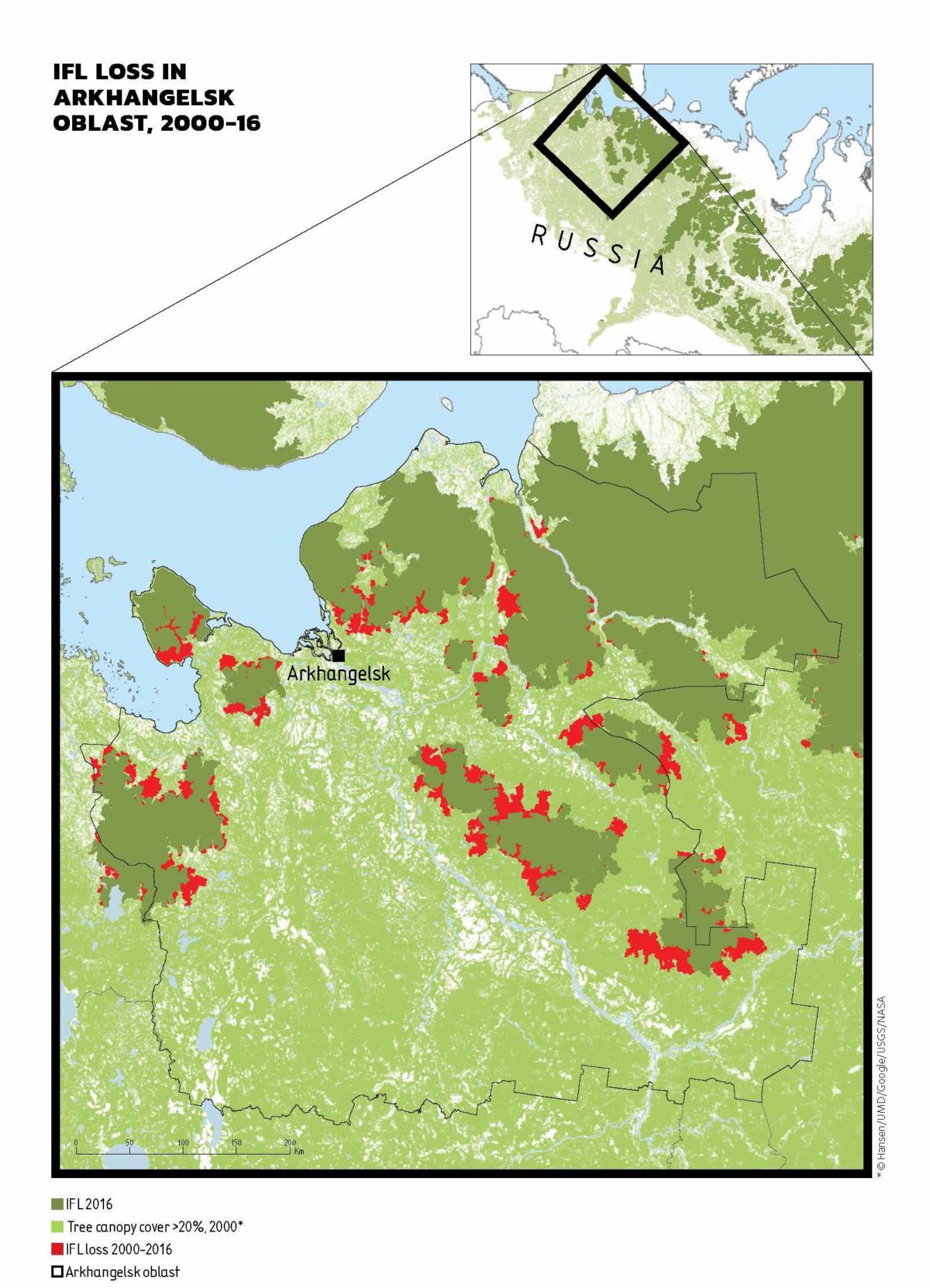
Because positive engagement with companies sourcing from forests is so important to communicating the needs of buyers and their commitments to responsible sourcing, over the past five years Earthworm Foundation and Nestlé have been building relationships with Nestlé’s upstream suppliers operating in the Arkhangelsk region where Dvinsky is located. Arkhangelsk Pulp & Paper Mill (APPM) is one of these, and is Russia’s largest producer of cardboard and a leading pulp producer sourcing from an area that is also home to other IFLs.
“The future of Dvinsky relies on engagement with the local industry, communities and regional government to find a balance between production, environmental and socio economic development,” says Alastair Herd, Senior Manager at Earthworm Foundation. “We are focused on using our members’ supply chain connections to enable a practical, sustainable way for industry and local communities to continue to thrive, while protecting the forest.”
Understanding supply chain risks
In 2016 Earthworm Foundation started engaging APPM and its logging partner Titan as a high priority supplier in Nestlé’s supply chain given the presence of IFL and High Conservation Value forest within their sourcing area. A visit was carried out and highlighted the challenges related to the extensive forest model practiced in Russia putting pressure on IFL and HCV areas. It was the start of better understanding of APPM and Titan’s operations and our collaboration with WWF-Russia, Greenpeace and FSC in the region.
A few months later, in March 2017, Greenpeace’s Eye on the Taiga report report was a wake-up call to many in the industry, revealing the alarming rate of forest loss in the Arkhangelsk region and particularly in the Dvinsky IFL. In the weeks following the report, we joined Nestlé on a visit to APPM and Titan’s operations and the Dvisnky IFL to discuss the issues highlighted in the report in situ and gain more transparency of the context and the expectations of Nestlé’s Responsible Sourcing Policy.
“Our approach was to stay engaged in order to tackle issues on the ground,” says Hanna Jager, Global Responsible Sourcing Lead for Pulp and Paper at Nestlé. “It would not have made sense to walk away from our supplier given the huge capacity they have to become a responsible steward of the forest.”
In April 2018, the government of Arkhangelsk joined with Greenpeace Russia, WWF-Russia and local industry to sign a moratorium agreement with the intent to establish and protect 300,000 hectares of Dvinsky’s Intact Forest Landscape. Nestlé and APPM initiated a Starling satellite monitoring pilot to help demonstrate to all interested parties that APPM was respecting its moratorium commitments.
Monitoring and holistic land use planning
“Starling’s monitoring of the area proved invaluable in demonstrating our commitments to the protection of this forest that is part of developing a robust long term land use plan,” says Timur Sokolov, Director of APPM parent company Pulp Mill Holding.
The pilot provided vital insights for Nestlé. “Following the Starling pilot phase, we have been looking at rolling out forest cover basemapping and monitoring of large areas of Arkhangelsk to help understand the dynamics of forest operations we are linked to in the landscape, and the deforestation and degradation aspects, which is key to our 2050 Climate Pledge, and bring this intelligence to discussion with companies about Nestlé’s policy and HCV expectations,” continues Hanna Jager.
Recognising the real potential to demonstrate balanced land use in an important sourcing area for many forest derived products, another Earthworm Foundation member joined the effort. Mars’ arrival at the table in 2019 marked the moment when Earthworm and its two members began collaborating towards a shared vision for the long-term health of the Dvinsky landscape.
These efforts and funding from Nestlé and Mars were key in kick-starting two key activities that will make up the first phase of a WWF-led Landscape project. The ecological zoning and mapping, and socio-economic surveys will run until mid-2020 and will help partners understand the ecological and livelihood needs of Dvinsky’s forest communities.
“It is extremely positive that Earthworm Foundation members are supporting work on the ground to help drive transformation in this landscape initiative,” continues Andrey Shchegolev. “Following the first phase, we are looking to sit down with the key stakeholders in 2020 to plan next steps and activities in the main phase, and we envisage that other Earthworm pulp members, as well as other downstream customers sourcing from this area, will come on board and help drive this change.”
Meanwhile, the Federal and Regional Government were reviewing the moratorium proposals, and on 1 October 2019, it was announced by the Arkhangelsk Government that they had adopted a resolution to formally establish the 300,000 hectare moratorium area as the Regional Dvina-Pinega Landscape Reserve. Whilst this is a massive step forward and something to be celebrated after 17 years of work from WWF-Russia, Greenpeace Russia and others, there is still much to do in working with the industry and local communities on integrated land use planning in the landscape surrounding the newly formed reserve.
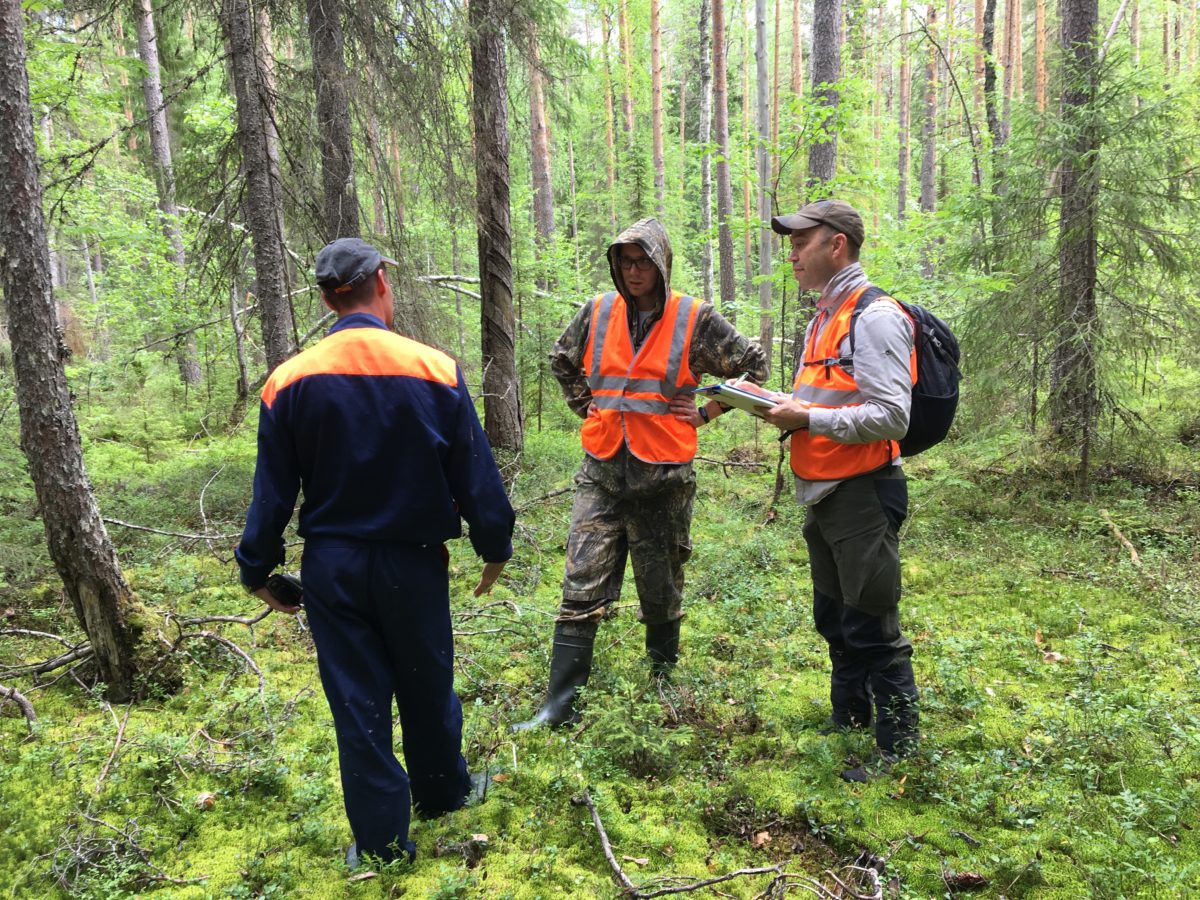
In April 2018, the government of Arkhangelsk joined with Greenpeace Russia, WWF-Russia and local industry to sign a moratorium agreement with the intent to establish and protect 300,000 hectares of Dvinsky’s Intact Forest Landscape. Nestlé and APPM initiated a Starling satellite monitoring pilot to help demonstrate to all interested parties that APPM was respecting its moratorium commitments.
Monitoring and holistic land use planning
“Starling’s monitoring of the area proved invaluable in demonstrating our commitments to the protection of this forest that is part of developing a robust long term land use plan,” says Timur Sokolov, Director of APPM parent company Pulp Mill Holding.
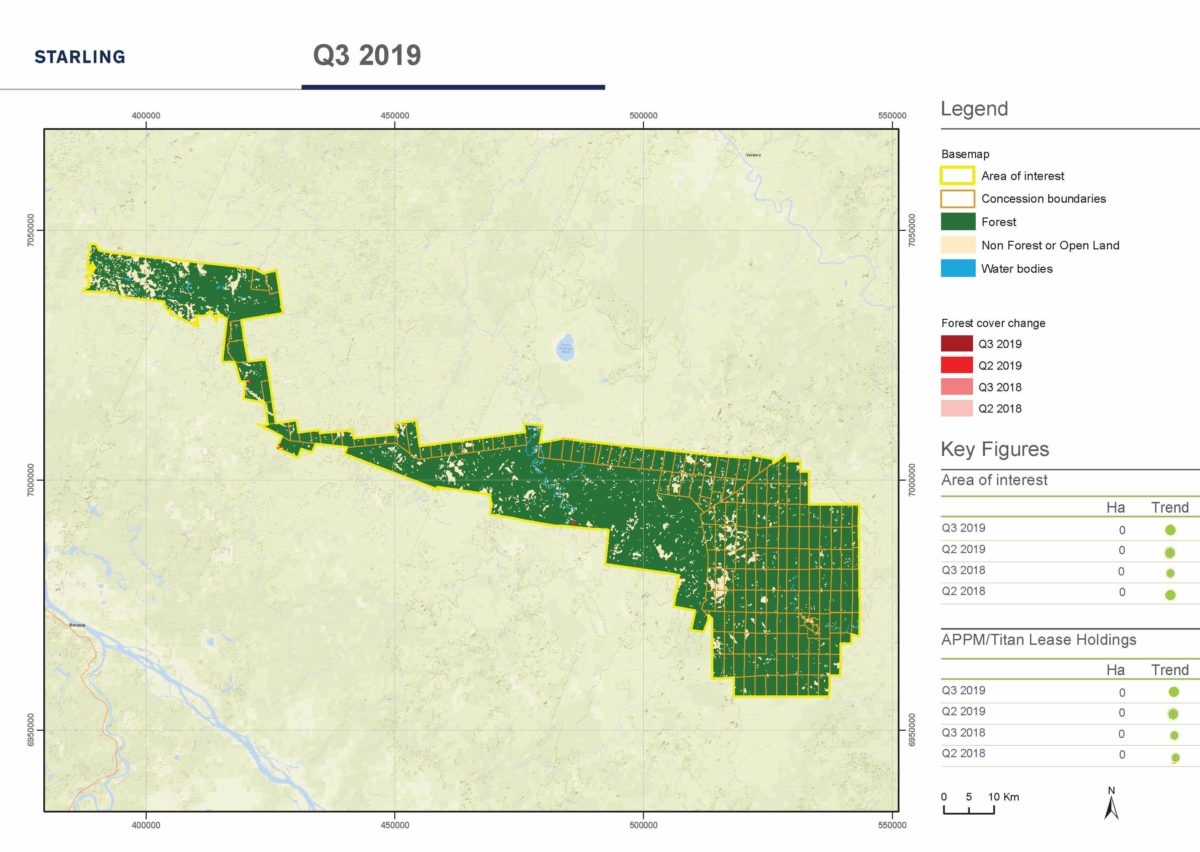
The pilot provided vital insights for Nestlé. “Following the Starling pilot phase, we have been looking at rolling out forest cover basemapping and monitoring of large areas of Arkhangelsk to help understand the dynamics of forest operations we are linked to in the landscape, and the deforestation and degradation aspects, which is key to our 2050 Climate Pledge, and bring this intelligence to discussion with companies about Nestlé’s policy and HCV expectations,” continues Hanna Jager.
Recognising the real potential to demonstrate balanced land use in an important sourcing area for many forest derived products, another Earthworm Foundation member joined the effort. Mars’ arrival at the table in 2019 marked the moment when Earthworm and its two members began collaborating towards a shared vision for the long-term health of the Dvinsky landscape.
These efforts and funding from Nestlé and Mars were key in kick-starting two key activities that will make up the first phase of a WWF-led Landscape project. The ecological zoning and mapping, and socio-economic surveys will run until mid-2020 and will help partners understand the ecological and livelihood needs of Dvinsky’s forest communities.
“It is extremely positive that Earthworm Foundation members are supporting work on the ground to help drive transformation in this landscape initiative,” continues Andrey Shchegolev. “Following the first phase, we are looking to sit down with the key stakeholders in 2020 to plan next steps and activities in the main phase, and we envisage that other Earthworm pulp members, as well as other downstream customers sourcing from this area, will come on board and help drive this change.”
Meanwhile, the Federal and Regional Government were reviewing the moratorium proposals, and on 1 October 2019, it was announced by the Arkhangelsk Government that they had adopted a resolution to formally establish the 300,000 hectare moratorium area as the Regional Dvina-Pinega Landscape Reserve. Whilst this is a massive step forward and something to be celebrated after 17 years of work from WWF-Russia, Greenpeace Russia and others, there is still much to do in working with the industry and local communities on integrated land use planning in the landscape surrounding the newly formed reserve.
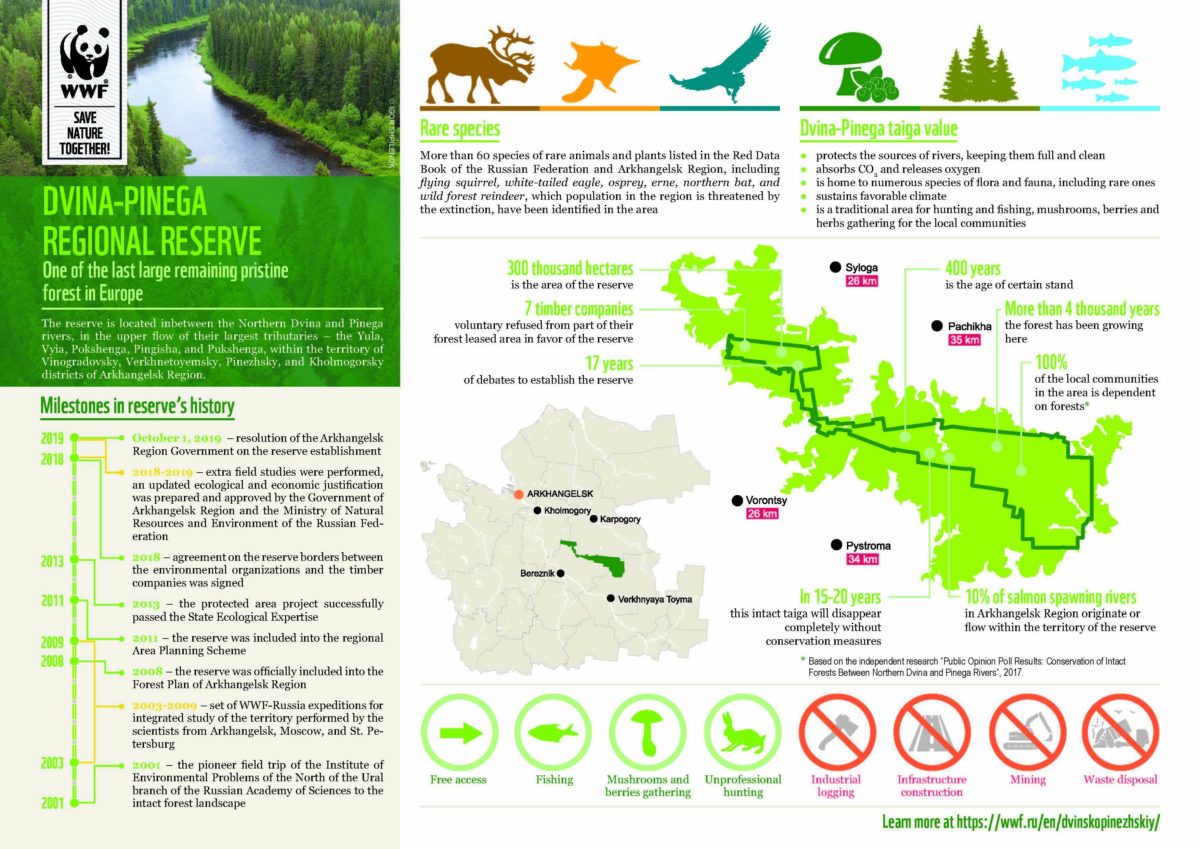
In early December 2019 Nestlé and Earthworm Foundation were alerted to an incursion within the newly protected reserve by Titan subsidiary Verkhnetoemsky LPH. Although Titan self-declared the breach of 150 hectares logged, Nestlé wrote to APPM/Titan to reiterate its position that this should not happen again. Nestlé also set out the terms for continued business, including commitments that the wood should not enter Nestlé’s supply chain, that Titan proactively engage and support our broader landscape initiatives and align with WWF’s proposal that before 2020 the 150 hectares lost should be compensated for by voluntarily protecting the equivalent of two quadrants – approximately 2,000 hectares - bordering the reserve. APPM/Titan have since expressed regret for this breach and will continue with an investigation into how it happened, along with agreeing to all measures. On 30 December 2019, Titan and WWF signed an agreement to voluntarily protect 1,834 hectares as damage compensation for the illegal logging in the Dvina-Pinega Reserve, as well as a roadmap that outlines specific activities towards protecting High Conservation Forest until 2028.
Collaborating for forests globally
Landscape-level working is a key part of Earthworm Foundation’s strategy to secure a future for the world’s forests by promoting collective action. We firmly believe land use planning solutions are most effective when they are created by those people who live and work in that landscape. We are currently involved in landscape projects in Indonesia, Brazil and Peru. Conditions and solutions vary hemisphere to hemisphere and between localities, but what works well in one area can often be applied with great success in another.
In Russia, as well as working to inspire companies to be part of the landscape project, we are exploring solutions in other parts of the region, working in parallel with the landscape project’s efforts.
“All stakeholders share the same goal - to find a balance,” concludes Alastair Herd. “Bringing a balance is about collaboration, engagement and compromise. The partners in this project want to reduce the pressure on Dvinsky and halt its degradation, whilst at the same time promote and support a more efficient forest industry. This is a challenge, but we feel there is a commitment amongst all parties to do something overwhelmingly positive, and learning from this could be replicated elsewhere in Russia.”
---
World map of Intact Forest Landscapes
Everything about the creation of the Dvinsky Reserve
